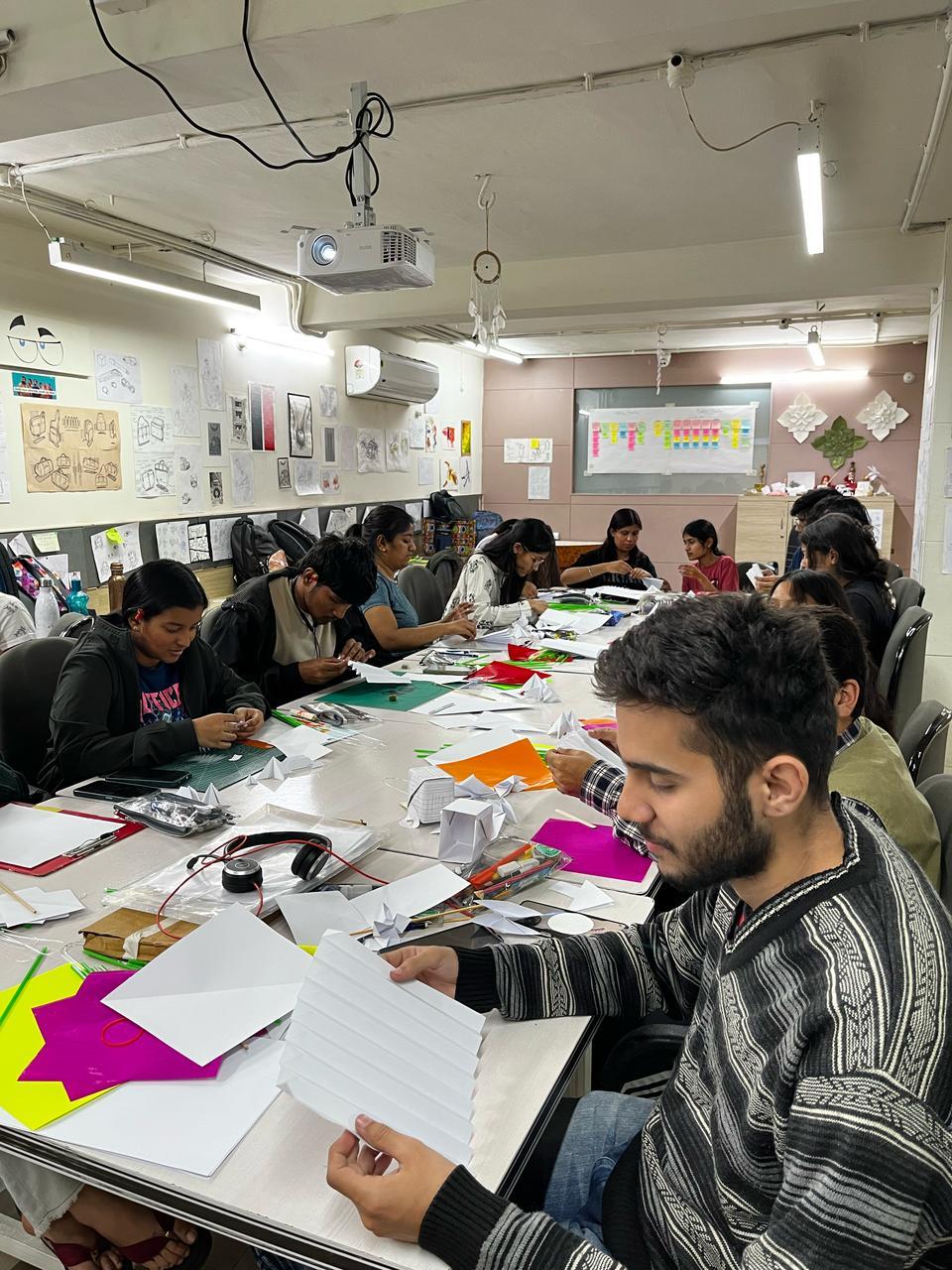How Workplace Safety Standards Vary Around the World

In today’s global workforce, workplace safety standards play a critical role in protecting employees from harm. But did you know that these safety standards vary widely from one country to another? What’s considered mandatory in one nation might be optional—or even nonexistent—in another. These differences can lead to confusion, increased risk of workplace hazards, and, unfortunately, more injuries.
Whether you’re a business owner, a safety officer, or a curious employee, understanding how safety laws differ globally can help you implement better practices and protect your people more effectively. Enrolling in a Safety Inspector Course can provide valuable insights into these international regulations and equip you with the tools to ensure compliance and workplace safety.
Why Do Workplace Safety Standards Differ?
There are several reasons why safety standards aren't the same everywhere:
-
Economic Development: Developing countries often lack the funding or infrastructure to enforce strict safety regulations.
-
Cultural Priorities: Some cultures focus more on productivity than safety.
-
Legal Frameworks: National laws and regulatory bodies, like OSHA in the U.S. or HSE in the UK, vary in their enforcement strength.
-
Industry Types: Countries focused on heavy industries like mining or manufacturing often have stricter safety norms than those centered around services.
For example, countries in Scandinavia like Sweden and Norway are known for high safety standards and comprehensive worker protection. Meanwhile, some factories in developing countries may lack basic safety gear, such as helmets or fire exits.
Real-Life Example: A Tale of Two Factories
Consider this:
Ali works in a garment factory in Bangladesh, where fire exits are poorly marked, and masks are rarely provided. Despite the poor conditions, he continues working due to lack of job options.
Meanwhile, Laura works in a textile mill in Germany. Her workplace has regular fire drills, personal protective equipment (PPE), and even ergonomic seating to prevent strain injuries.
Both perform similar work—but only one of them is likely to avoid long-term health issues.
Common Workplace Hazards Around the World
Across the globe, workers face a range of workplace hazards that include:
-
Manual handling hazards
-
Chemical exposure
-
Noise pollution
-
Slips, trips, and falls
-
Poor air quality
-
Electrical hazards
And while these risks are universal, how they are prevented or managed is what sets countries apart.
Step-by-Step Guide to Improving Safety—No Matter Where You Are
Even if you operate in a region with minimal legal requirements, you can still build a safe workplace. Here's how:
Step 1: Conduct a Risk Assessment
Identify what could cause harm in your workplace. Consider every department and task.
Use global standards like ISO 45001 to guide your assessments.
Step 2: Provide the Right Training
Training saves lives. Ensure that every worker knows how to identify and handle workplace hazards. Programs like the NEBOSH International General Certificate teach employees how to handle real-world risks, making them more confident and prepared.
Step 3: Use Proper Safety Gear
Personal Protective Equipment (PPE) such as:
-
Helmets
-
Gloves
-
Safety boots
-
Ear protection
-
Respiratory masks
...must be provided and regularly maintained.
Step 4: Create an Emergency Response Plan
No matter how well you plan, accidents happen. A clear emergency plan can minimize damage and save lives.
Include:
-
Fire evacuation drills
-
Emergency contact lists
-
First aid stations
-
Spills or chemical exposure protocols
Step 5: Encourage a Safety-First Culture
Employees should feel empowered to speak up about unsafe conditions. Reward safety-conscious behavior and involve teams in decisions.
Global Snapshot: A Look at Safety Regulations
Let’s look at how different countries regulate workplace safety:
United States
-
Enforced by: OSHA (Occupational Safety and Health Administration)
-
Key laws: OSHA Act of 1970
-
Notable: Strict penalties for violations, routine inspections
United Kingdom
-
Enforced by: HSE (Health and Safety Executive)
-
Focus: Employee mental health, ergonomic design, PPE
Pakistan
-
Governing body: Provincial labor departments
-
Common hazards: Lack of fire safety in factories, manual handling injuries
-
Need: More certified Safety Officers trained via internationally recognized programs
Importance of the Safety Inspector Course
To reduce workplace accidents in regions like Pakistan, enrolling in a Safety Inspector Course is a smart move. This course equips individuals with skills to:
-
Identify and assess risks
-
Ensure legal compliance
-
Conduct workplace audits
-
Improve emergency preparedness
It’s particularly useful in industries like construction, oil and gas, and manufacturing—where the risks are higher.
By investing in trained safety inspectors, companies not only protect their workforce but also improve their reputation, lower insurance costs, and avoid legal penalties.
A Personal Story: From Injury to Advocacy
Zafar, a former construction worker in Lahore, suffered a spinal injury due to poor manual lifting techniques. His company had no trained safety officer, and safety training was minimal. After his recovery, he took a Safety Officer Course in Pakistan and now works as a certified trainer, helping companies avoid the same mistakes that nearly cost him his career.
His story is a powerful reminder that prevention is always better than cure.
Read More: Learn about safety officer course duration and fees
Final Thoughts
Workplace hazards exist everywhere—but we have the knowledge and tools to reduce them significantly. Whether you're operating in a highly regulated country or in a region with developing safety laws, the steps to building a safer workplace remain the same:
-
Identify risks
-
Provide proper training
-
Invest in PPE
-
Foster a culture of safety
For employers looking to improve conditions, investing in programs like the NEBOSH Course or a Safety Inspector Course isn't just about compliance—it's about care, responsibility, and long-term success.






